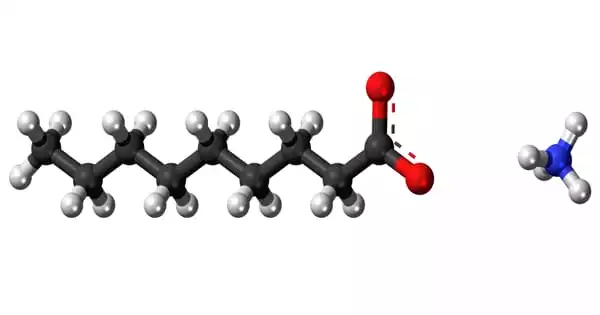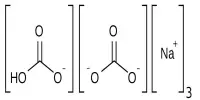A biofuel crop is a type of crop grown specifically to produce biofuels, which are renewable fuels derived from organic matter. Some common biofuel crops include corn, sugarcane, and soybeans.
Researchers from Michigan State University have found a solution to a conundrum that may enable switchgrass to reach its full potential as an affordable, sustainable biofuel crop and lessen our reliance on fossil fuels.
Among switchgrass’s attractive features are that it’s perennial, low maintenance and native to many states in the eastern U.S., including Michigan. But it also has a peculiar behavior working against it that has stymied researchers at least until now.
It has been discovered by Berkley Walker’s team at MSU’s Department of Plant Biology why switchgrass stops photosynthesising in the midst of the summer, reducing the amount of biofuel it can produce.
Its understanding, which was reported in the journal Frontiers in Plant Science, is essential for getting the most out of switchgrass and overcoming this peculiarity.
“We want bigger plants, period, so being able to crack this and lift this limitation, that is the goal,” said Mauricio Tejera-Nieves, a postdoctoral researcher and the lead author of the team’s study.
Tejera-Nieves, Walker and their colleagues discovered the explanation for this limitation in switchgrass’s rhizomes. These are little knobby structures that live underground among the plant’s roots. If you’ve ever sliced or shredded ginger, you’ve held a rhizome.
To help plants survive the winter, rhizomes store food in the form of starch, which is formed from the sugars released during photosynthesis. Switchgrass rhizomes send a signal to the plant to stop generating sugars and increasing biomass through photosynthesis once they are full of starch.
Tejera-Nieves compared the rhizomes to a bank, albeit a slightly unusual one.
“Imagine getting a call from your bank and they tell you, ‘Hey, your account is full. You can take a vacation, go on sabbatical, do whatever you want. Just stop working because we’re not storing any more money,’” Tejera-Nieves said.
“It’s a very conservative strategy, but it’s one that works for switchgrass. The longer it’s doing photosynthesis in nature, the more likely it is that an animal will eat it or something else bad will happen.”
Despite the fact that this evolutionary tactic has benefited the plant in the wild, it is a drawback for people who want to ferment switchgrass biomass into ethanol. But by figuring out the underlying reason for this behavior, researchers can start exploring for workarounds.
“Now we can start looking for breeding solutions,” said Walker, an assistant professor in the College of Natural Science who also works in the MSU-Department of Energy Plant Research Laboratory. “We can start looking for plants that have an insatiable appetite for photosynthesis.”
















